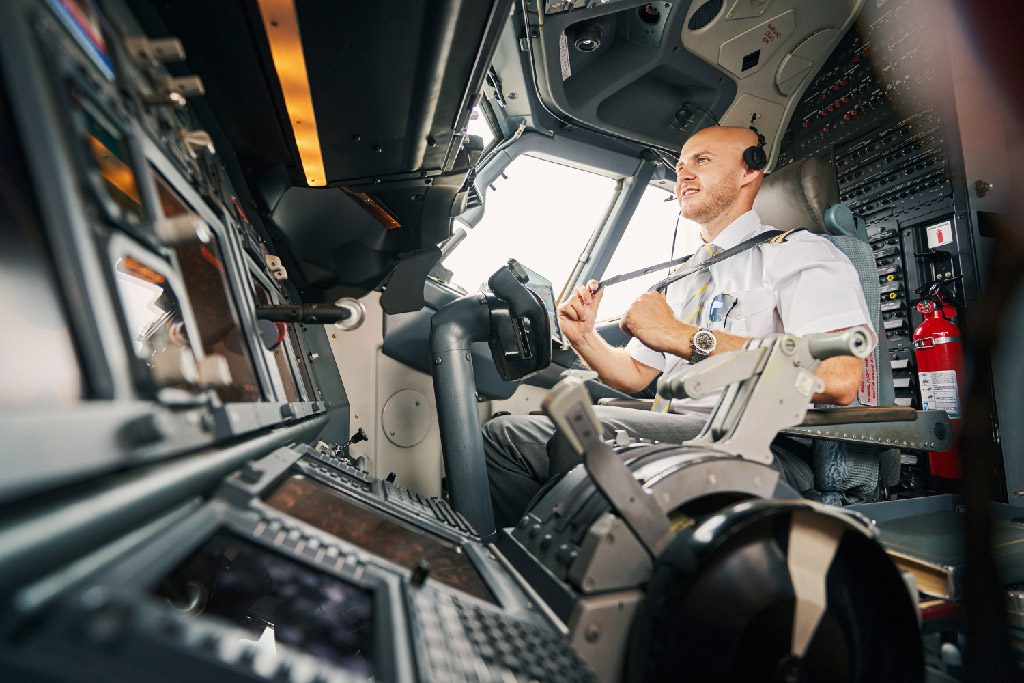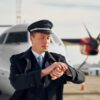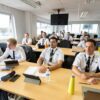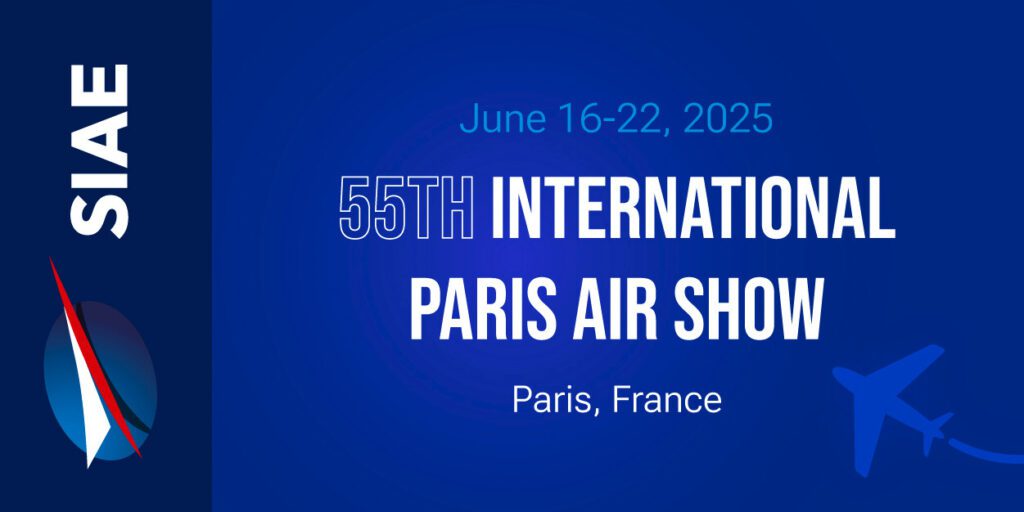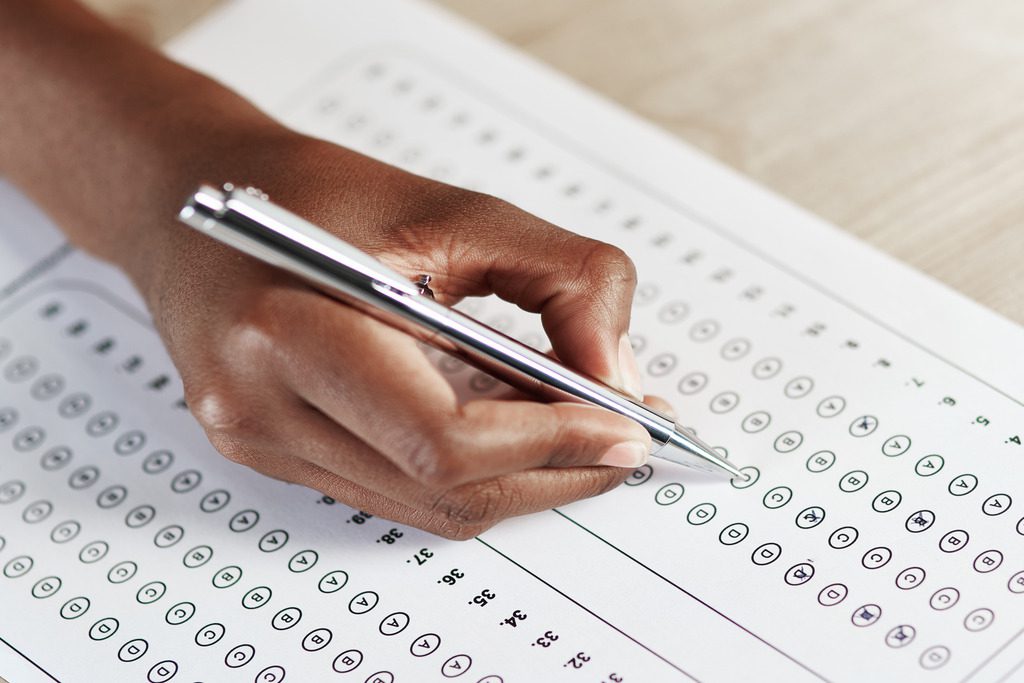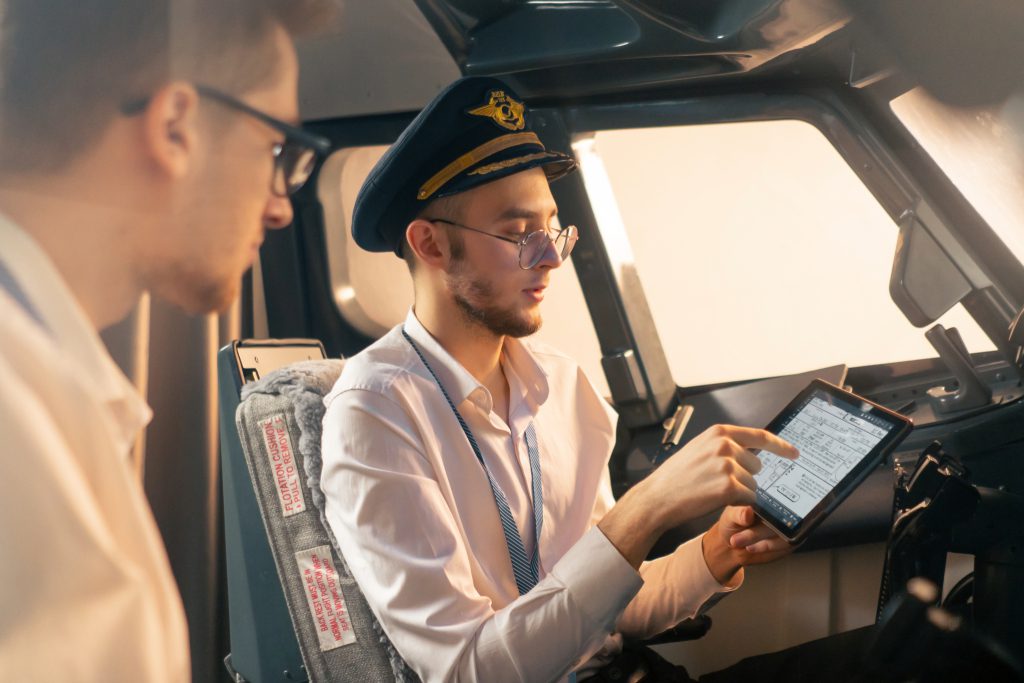There are four major routes to becoming a pilot: flying schools, aviation colleges, aviation academies, or military aviation. Accredited training, flight hours, and licensure are required.
This article discusses the flight schools, their requirements, and the various certifications you may earn. Flight schools provide instruction that complies with FAA regulations for pilots. Most flight schools offer flexible scheduling, allowing prospective pilots to complete their training while continuing to work at another job during the day. Students can start by earning their student pilot certificate, and as they go toward more advanced certificates, they will need to complete more hours and meet more standards.
Overview of Flight School
What are the 2 types of pilot training that flight school offers? Basic ground training generally starts in a classroom and covers subjects such as aircraft mechanics, weather patterns, aviation rules, etc. This type of knowledge ensures that you will be able to pass the written and oral exams needed to get a pilot’s license.
In contrast, flight classes give students the opportunity to actually fly many different types of aircraft and learn how to manage them with passengers as well as crew. Mock exams are conducted here to prepare students for final exams given by a certified flight examiner.
Flight School Standards
There are several steps involved in becoming a pilot:
High School Diploma
Age Requirement: Must be a minimum of 16 years old High School Graduation Diploma or equivalent (GED) Available for Travel Majors in arithmetic, physics, or geology are useful as well however no explicit secondary school courses are required. People who are interested in being a part of the international aviation world should also study foreign languages.
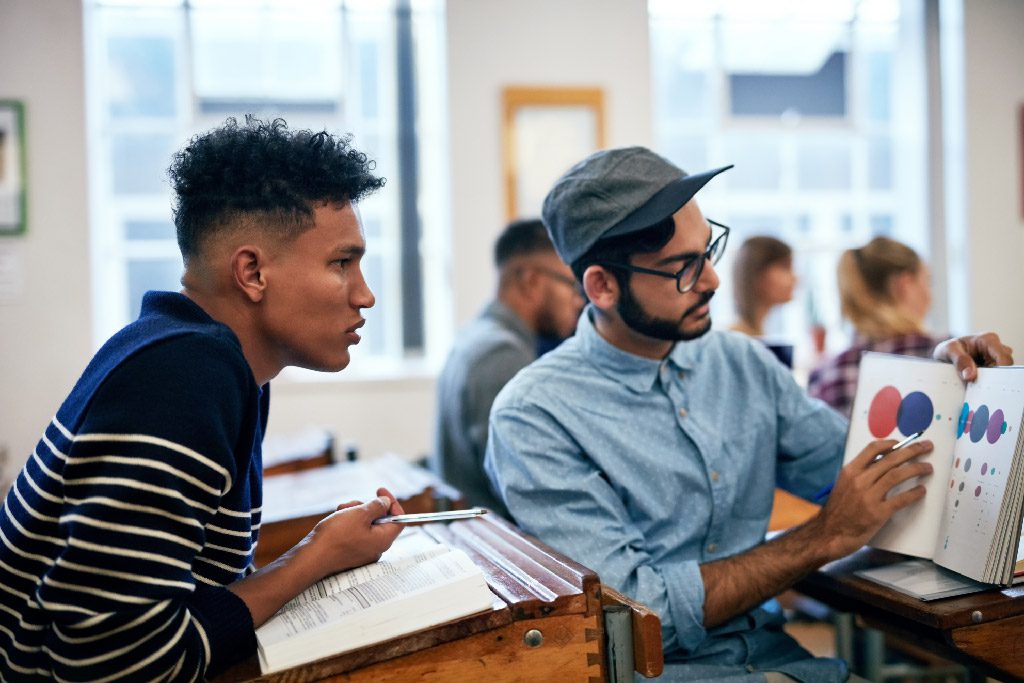
Bachelor or Above
While the FAA does not require a college degree, most commercial airlines do and that status has increased over time to at least an Associate’s or Bachelor’s Degree. Some of the most in-demand degrees currently are aeronautical science, aviation engineering, aviation management, and just general simply — Aviation. Many aviation programs also provide internship opportunities for students during their final years of study to give them practical experience and network within the industry.
Receive a certificate of Student Pilot:
A typical requirement is an FAA student pilot certificate. If you are a student pilot, then yes- as long as your instructor is with you and authorizes it. That is essentially a start to your pilot qualification, and ultimately you can also strive for a professional license if you want to carry a student license, away from an instructor then aged 16+, able in the English language to read, writing, and understanding. Hot-air ballooning or hang glidingStudent pilot certificate14 Getting to the solo stage of training is critical and you don’t want any delays once there. Apply early in your flying training.
Get medical clearance:
The FAA Medical Certificate Types are:
- First-class medical certification
- Certificate of Second Class Medical
- Certificate of Third Class Medical
- BasicMed

You can read about each Medical Certificate in detail in our previous article.
The sky is your starting point for aspiring pilots, not merely a boundary. Every flight brings you closer to developing your confidence and learning the necessary abilities. Although becoming a pilot might be difficult, the journey is thrilling and fulfilling. You can fly and see the world in a way that very few people can if you work hard and are passionate about it.

